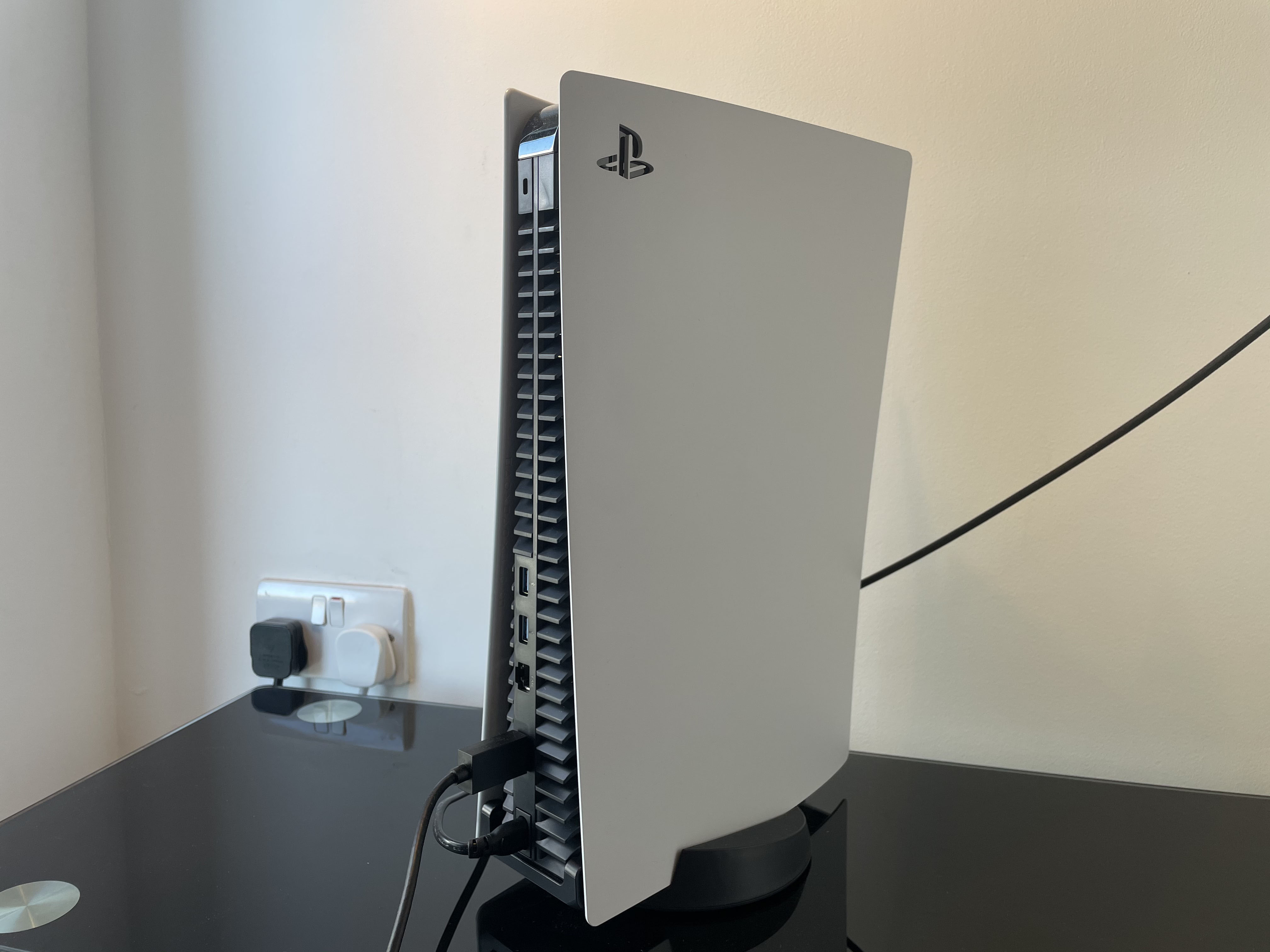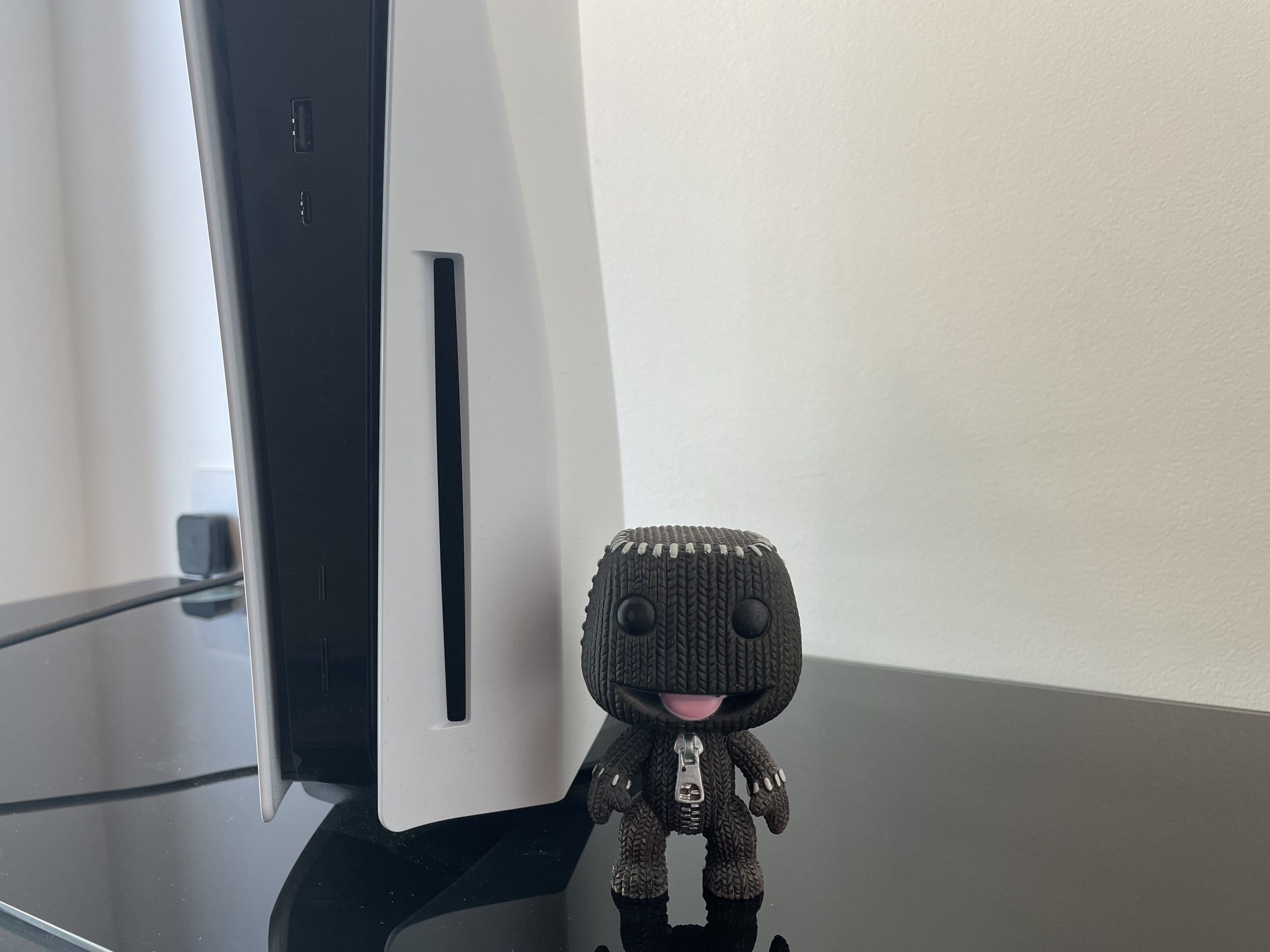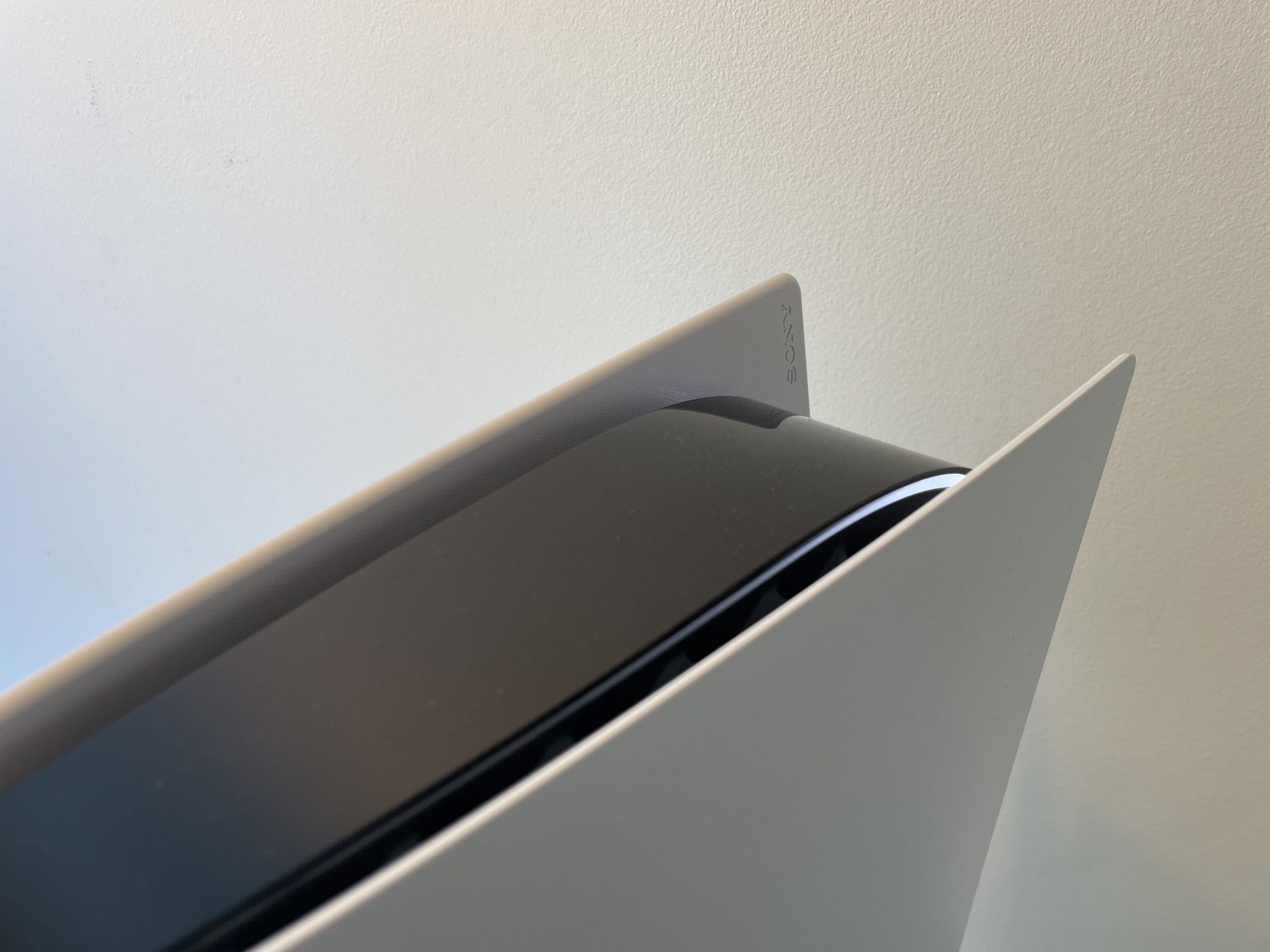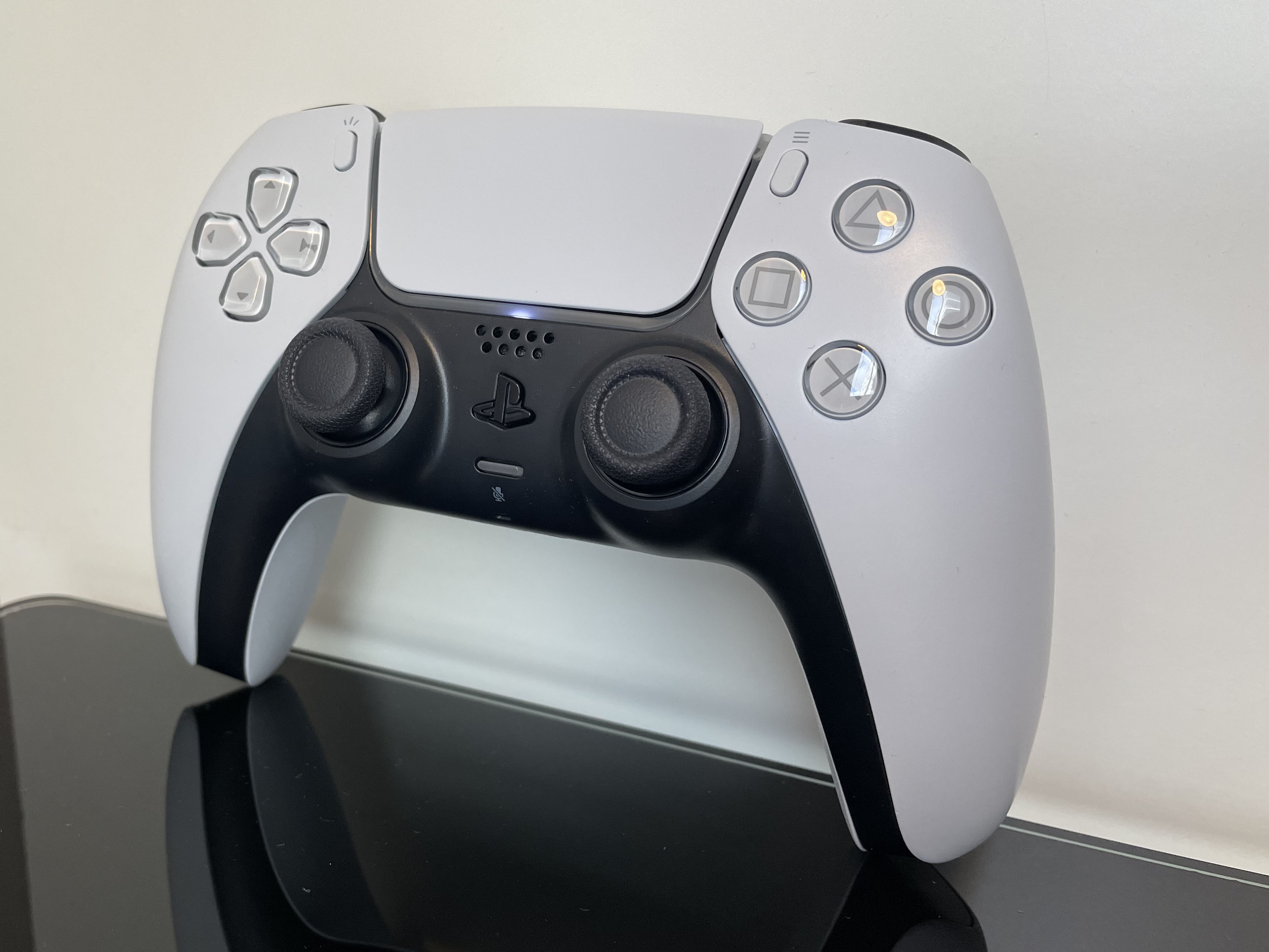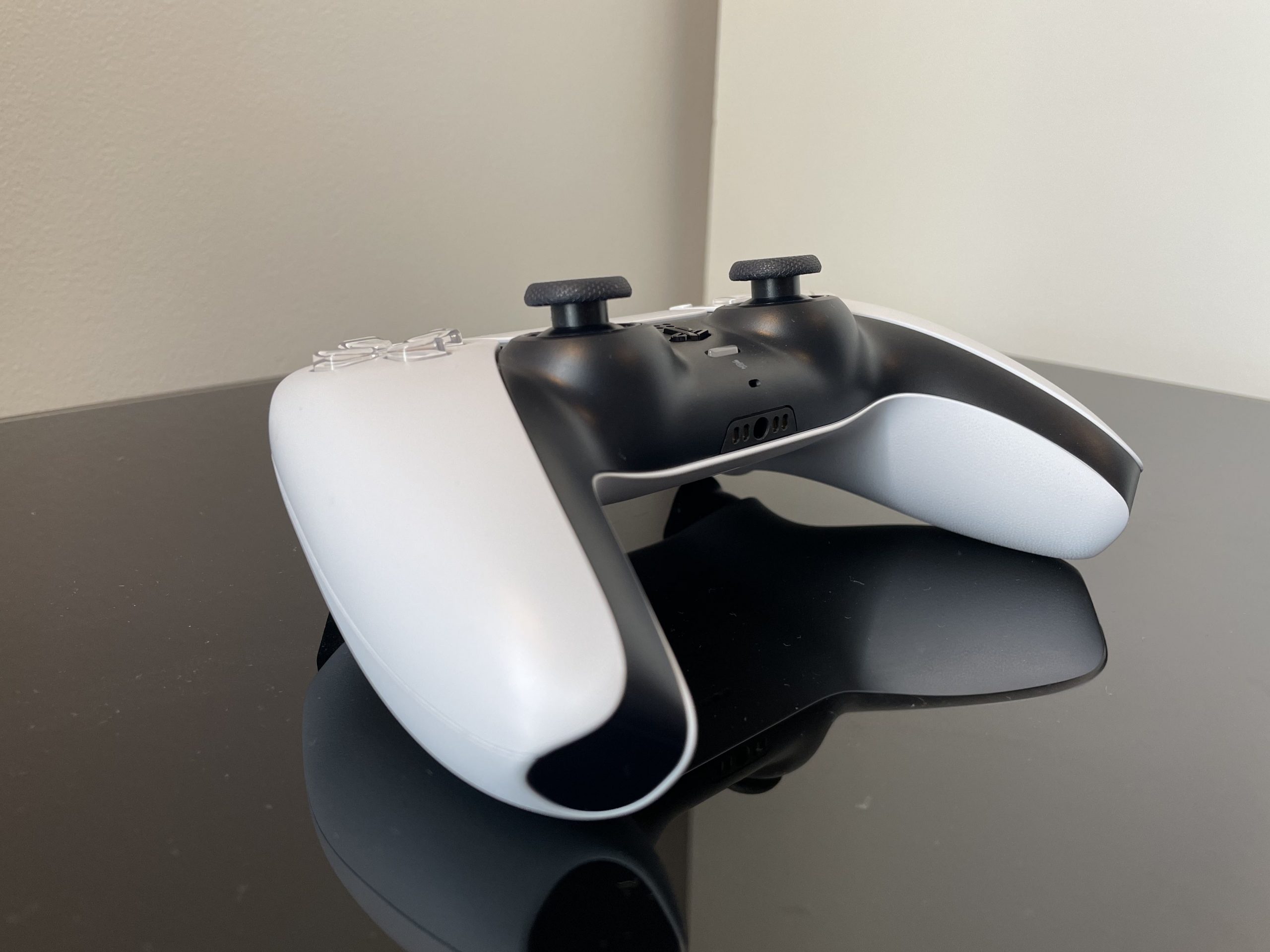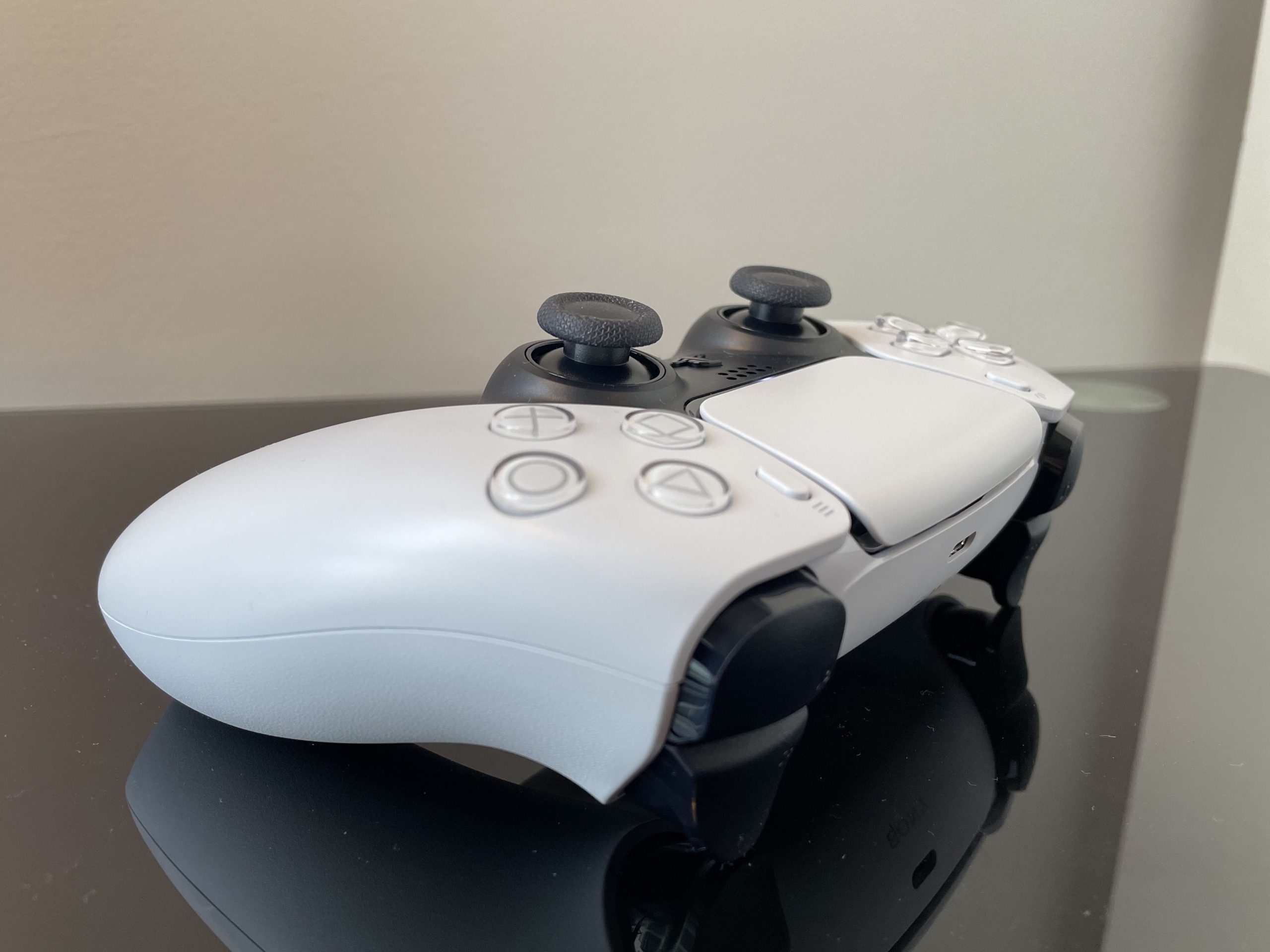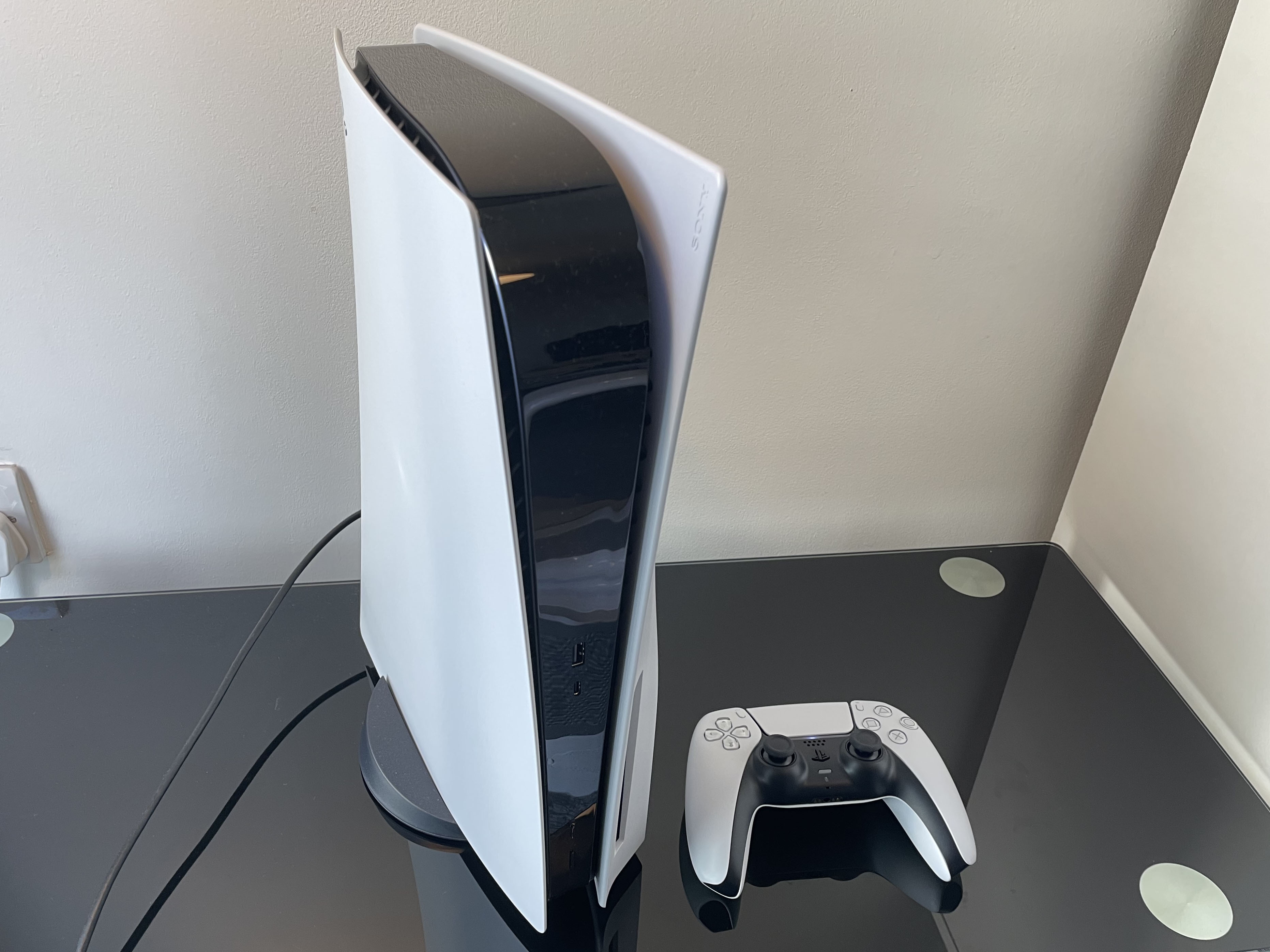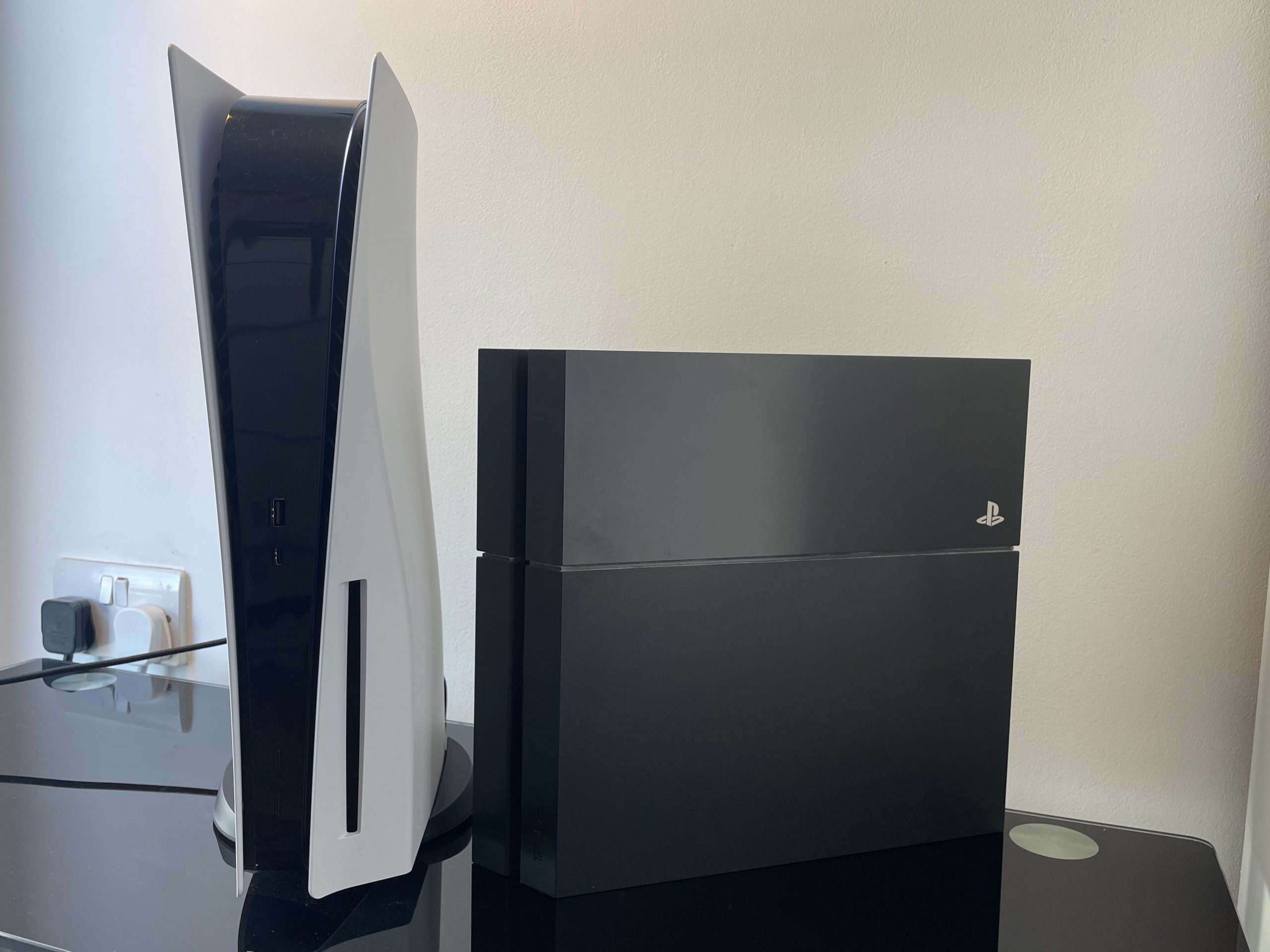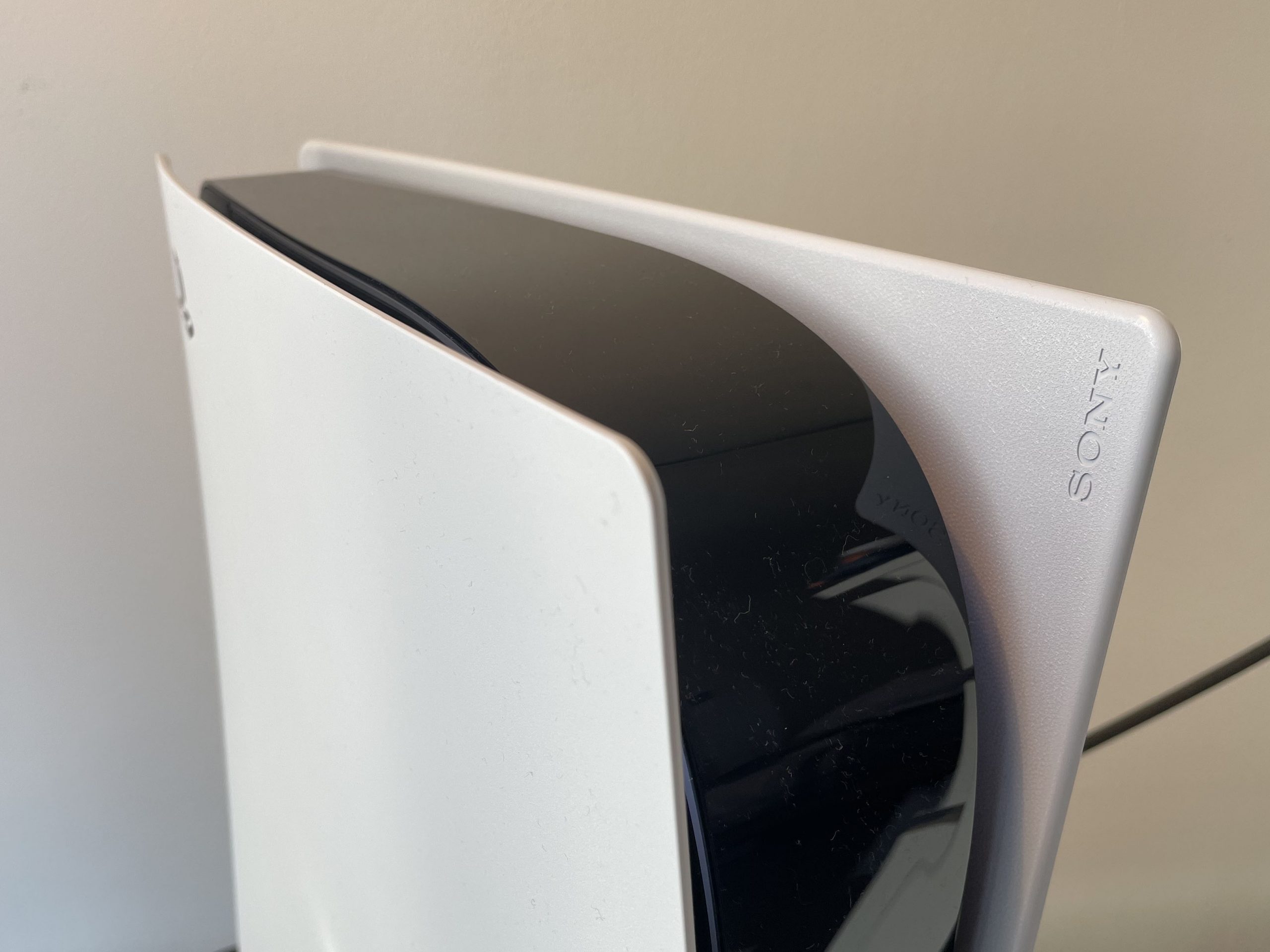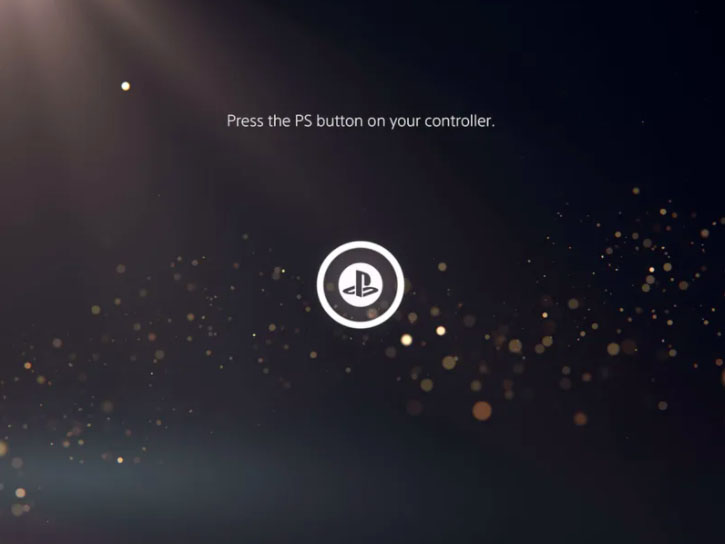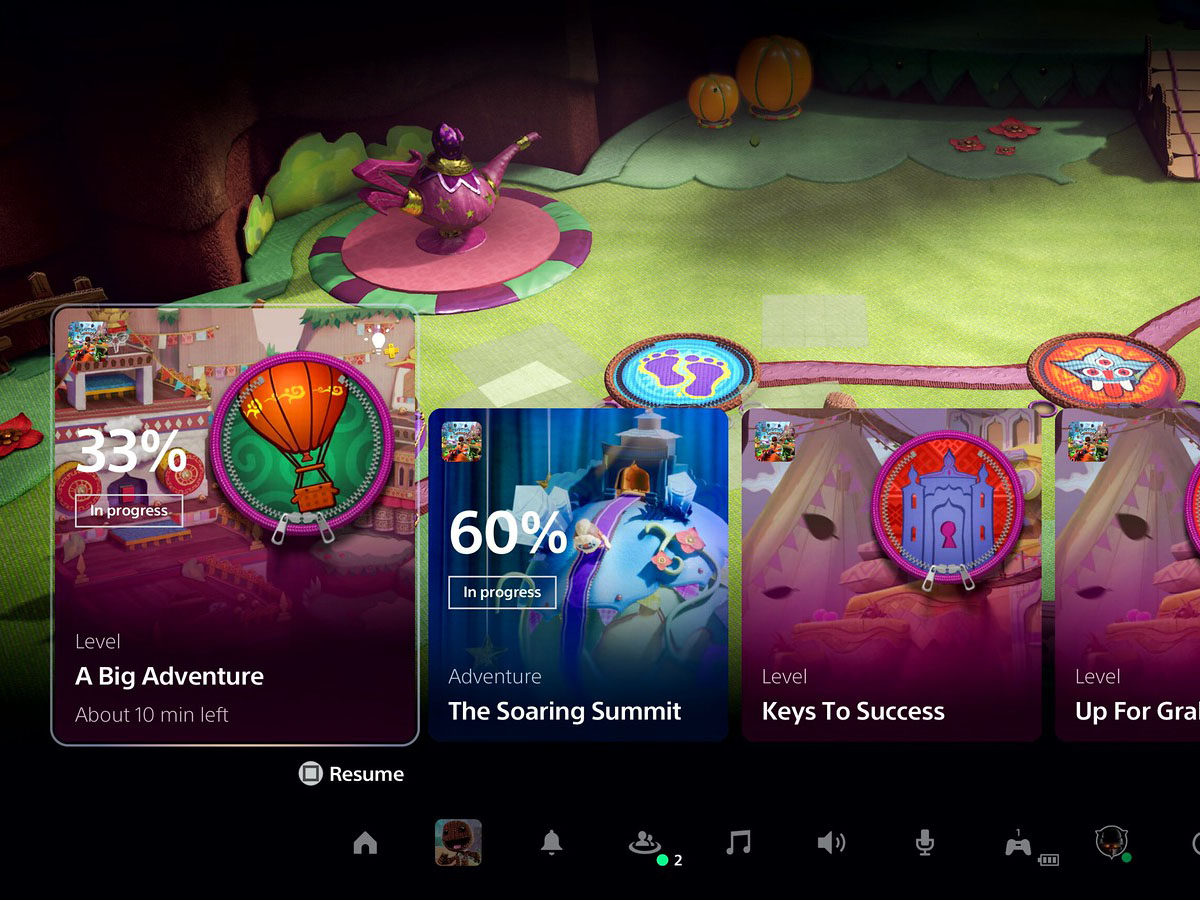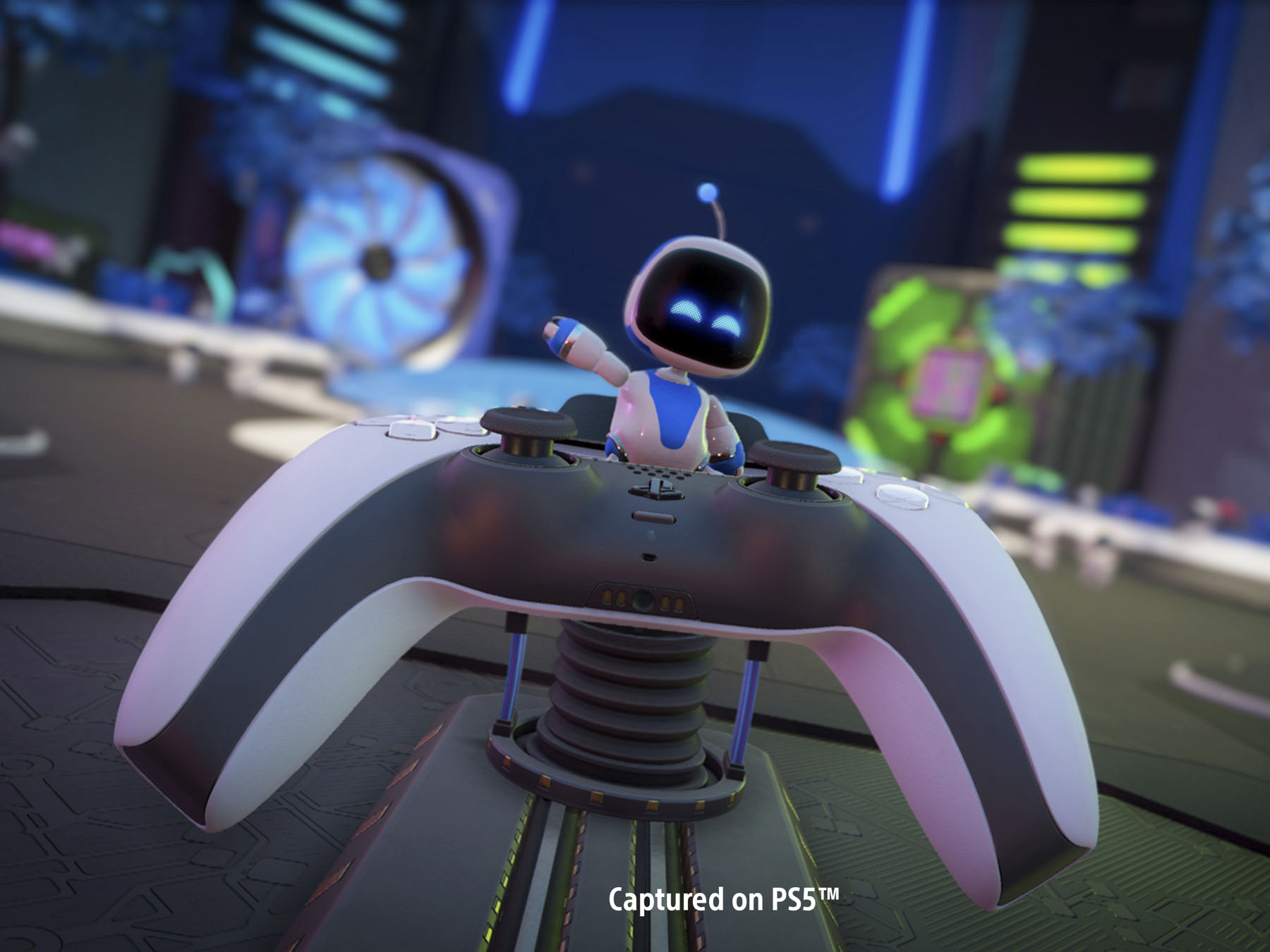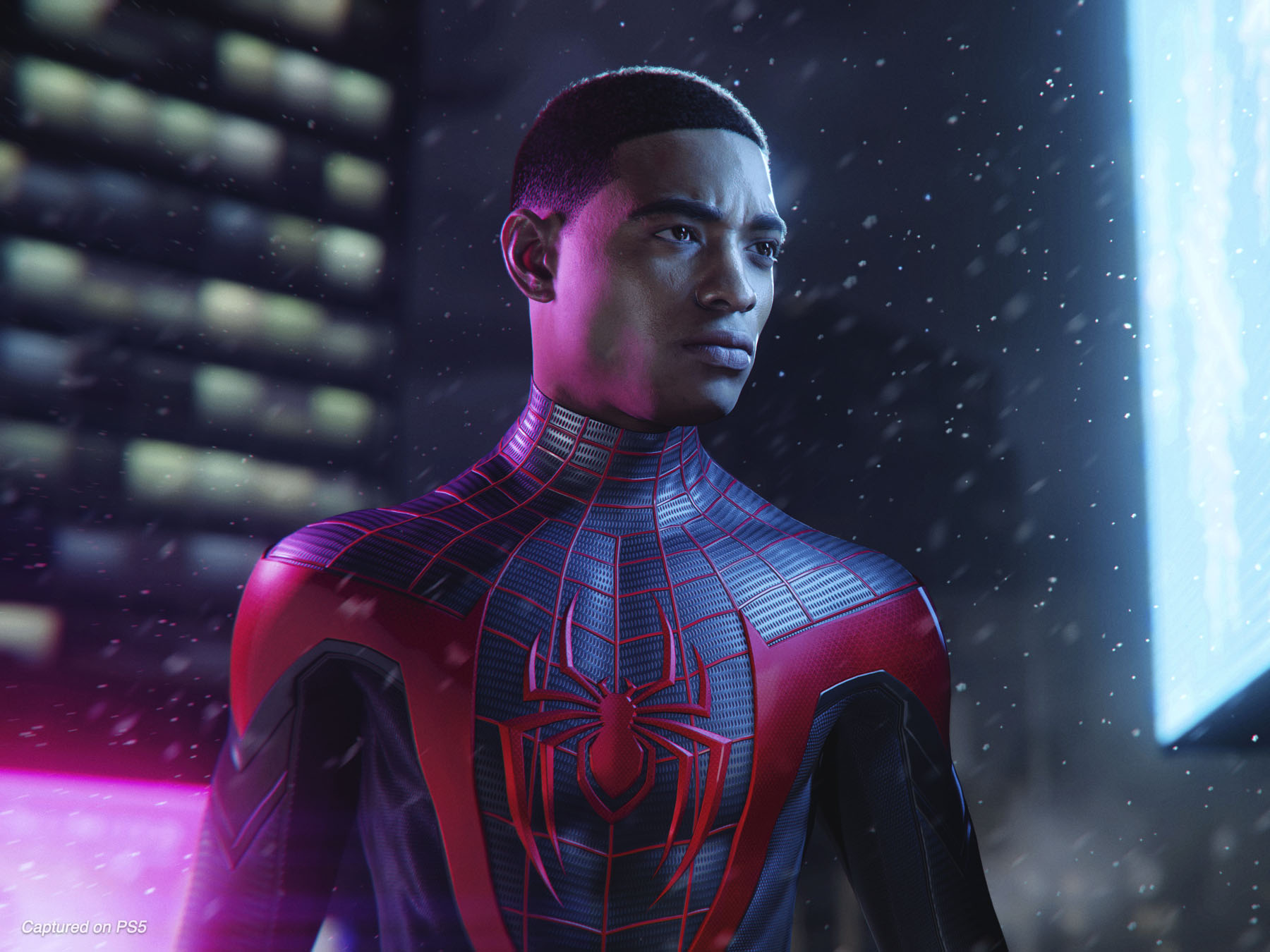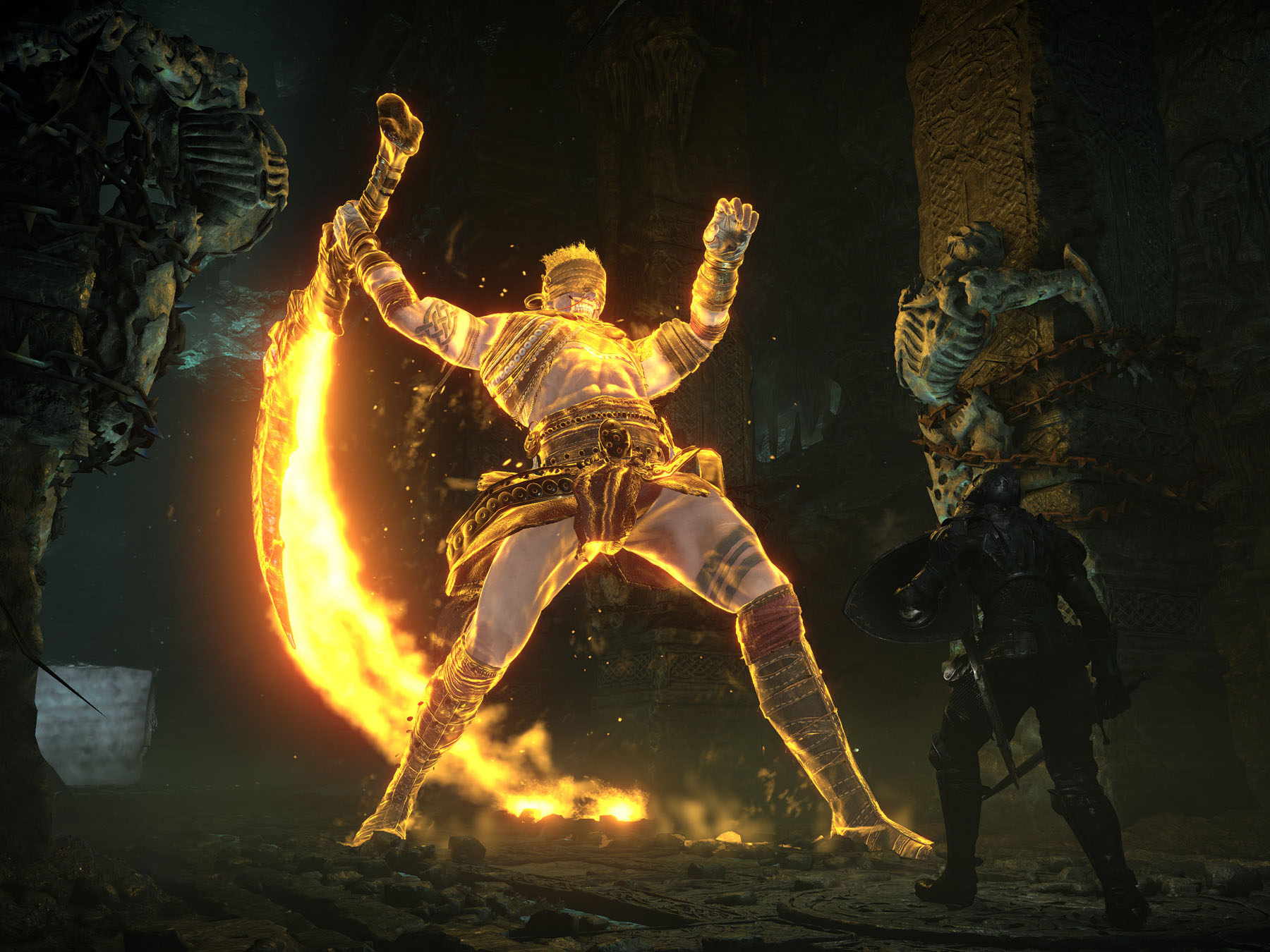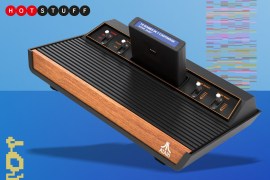Sony PlayStation 5 review
Thinking big
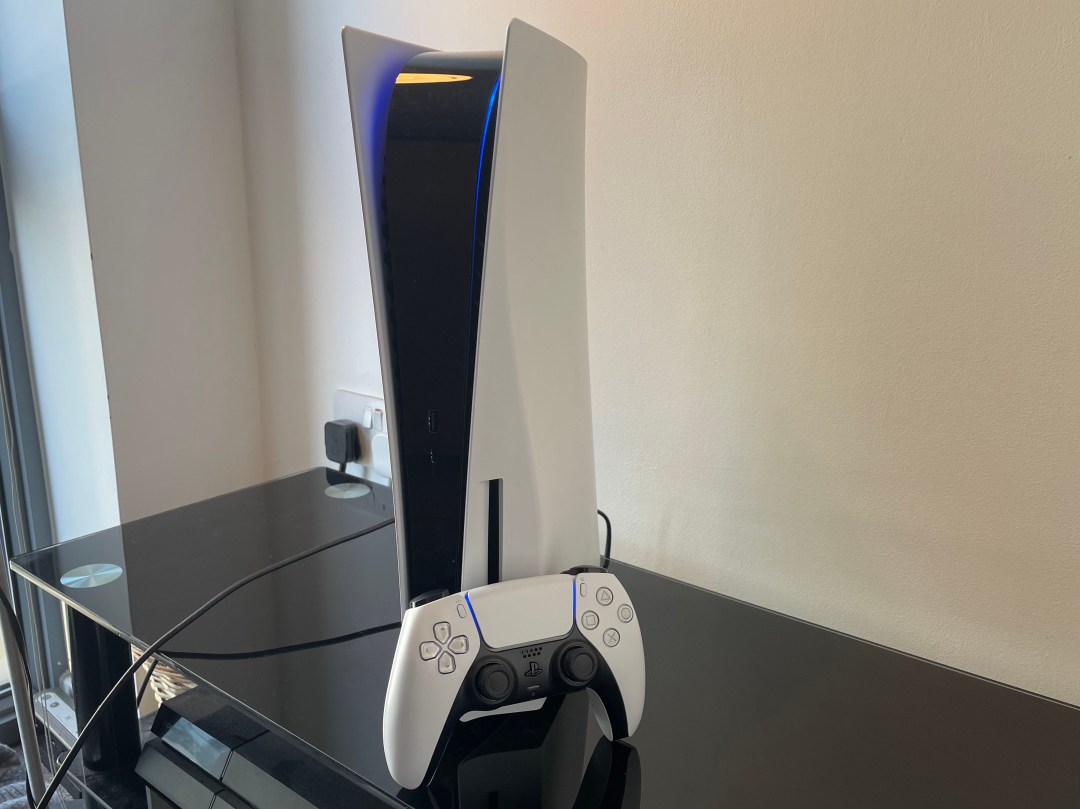
People will challenge nearly anything on this here internet of ours, but this much is fact: the PlayStation 4 won the previous console generation without breaking a sweat.
The hardware was great, and from the outset it was clear that Sony’s focus was on games – and brilliant first-party games it pumped out with remarkable consistency.
Somewhere in the middle saw the arrival of the 4K-touting PS4 Pro and Sony’s first crack at a VR headset, and as we approach the end of 2020, the PS4 is second only to the PS2 as the best-selling console ever.
But all good things must come to an end, and just a few months after we toasted 25 years of PlayStation in the UK, the PlayStation 5 is here.
While Microsoft has been pushing its Xbox Series X as an evolution of the One X before it, the PS5’s arrival feels more dramatic. Like the new flagship Xbox, it’s capable of 4K gaming at up to 120fps and swaps the old hard drive for a blazing-quick SSD that all but eliminates the tedious loading times that have plagued console gaming for years.
But with a bonkers (and that’s genuinely putting it mildly) design and an innovative next-gen controller, the PS5 wants you to know it’s different to what’s come before. Sony’s greatest weapon is still its army of brilliant IPs that you can’t play anywhere else, but does a repeat of the PS4’s success seem likely?
Design: Tower of white
Sony is not averse to a big console. See: the PS3, itself a bit of a stonker in its original form factor. But the PS5 redefines what game-playing behemoths can be.
Some dimensions for the more expensive disc slot version: 390mm x 104mm x 260mm (width x height x depth), 4.5kg. But numbers really don’t tell the story. To get a sense of just how large and heavy the PS5 is, you need to take it out of the box yourself. Whether you choose to stand it up on the included stand or lie it flat inside an entertainment unit, it’s going to demand a fair bit of space.
And size is only half the story. Like arguably no console before it, the PS5 absolutely screams at you to look at it. It’s a striking black and white plastic sandwich with a symmetry-wrecking disc slot bump (the discless Digital Edition is slightly thinner), and upon its unveiling immediately drew unfavourable comparisons to, among other things, a Wi-Fi router, an alien spacecraft and Sauron’s Tower. But it doesn’t care; the PS5 wants everyone who walks in the room to know it’s a PS5, and the more time we spend with it, the more we sort of admire that.
The white faceplates are surprisingly easy to remove, which not only opens the door for some PS5 pimping in the future, but also allows for pain-free access to the NVMe SSD should you want to upgrade it at some point. And given the unusual 825GB – which becomes a paltry 667.2GB once Sony has reclaimed some memory for the UI and such – capacity of the included one, which fills up very quickly indeed, you very likely will eventually. Removable plates also make dust removal a less complicated process than it was on the PS4, which was not a quiet machine. The PS5 might be loud in appearance, but you rarely actually hear it.
The lack of solidity in the build does make it feel a tiny bit cheap, though, and the shiny black plastic exterior of the main console unit picks up dust and fingerprints quite easily.
That’s not to say there’s nothing nice to say about the way the PS5 looks. When on or in rest mode we really like the subtle glow of white or orange light, while the PlayStation logo cutout in the top left corner of the left faceplate is a nice touch, even if it’s probably going to remain hidden most of the time.
Connectivity-wise, it’s pretty generous. You’ve got a USB-A and USB-C port on the front, with an additional two USB-A ports on the back, as well as Ethernet, an HDMI 2.1 port, and of course the power port.
DualSense controller: Good vibrations
Ordinarily, we’d stick a couple of paragraphs about a console’s controller in the bottom half of the design section, but the PS5’s new DualSense pad deserves its own.
The overall design of the iconic DualShock has been tweaked and updated since its inception in the late ‘90s, but the DualSense feels like the beginning of something all new. While its attention-grabbing two-tone colour scheme matches the console it pairs with, initially the pad feels like little more than a slightly heftier DualShock 4. The button placement is near enough the same (the share button is back, and once again sits just next to the D-pad), there’s still a touchpad, and everything about it is just unmistakably PlayStation.
We like how the distracting light bar at the top of the PS4’s controller is gone, replaced with a more elegant light strip that runs around the touchpad, while the sticks feel grippier this time round. And if you’ve got a microscope handy, you’ll see that the rear texturing is in fact made up of teeny-tiny square, triangle, circle and cross symbols. Very cool.
But crack the DualSense open (don’t, obviously) and you’ll find a very different pad to what’s come before. The built-in rechargeable battery, speaker, accelerometer and gyroscope will all be familiar to PS4 owners, but the DualSense adds a microphone, adaptive triggers and haptic feedback.
The latter might be the most significant. Dual actuators replace traditional rumble motors, which allow for a range of dynamic and more focused vibrations, not dissimilar to the Nintendo Switch’s criminally underutilised HD Rumble feature.
The triggers, meanwhile, can now switch between varying levels of force and tension when pressed in-game, which opens up a plethora of new gameplay options to developers.
The DualSense’s newfangled feature set is showcased brilliantly by the utterly fantastic Astro’s Playroom, which is pre-loaded onto every new PS5. More on that game in a bit, but what’s clear after using the pad for just a few minutes is that future titles that make use of its functionality could really ramp up the immersion. You might be able to feel even the lightest footsteps in your hands, or the thud of your character hitting water, while the triggers could lock when you run out of ammo for your gun, or tense up when you pull back the string on a bow and arrow.
For all of the PS5’s graphical grunt, it’s the controller that really excites us.
Specs and performance: SSD, it’s dynamite
Like its rival the Xbox Series X, the PlayStation 5 is essentially a high-spec gaming PC for the living room. Which is to say, it’s stupendously powerful.
The PS5 is brought to life by a 3.5GHz AMD Zen 2 processor, 16GB of GDDR6 RAM and an RDNA 2 GPU with 10.3 teraflops of graphical brawn. And like the Xbox Series X, it switches to SSD storage for greatly reduced loading times among other performance enhancements.
Teraflops enthusiasts will have observed that Microsoft’s machine has the PS5 beaten on the GPU front and has a slightly faster processor to boot. It’ll be interesting to see whether particularly the first point makes a discernible difference in future third-party titles.
Otherwise, the PS5 pretty much matches the Series X boast-for-boast. It’s capable of up to 120fps gameplay in pinsharp 4K HDR (provided you have the TV to handle such things), with a 4K/60fps baseline, and is compatible with 8K displays. And it’s capable of GPU-accelerated ray tracing in games that support it.
When reviewing the Xbox Series X, we weren’t able to test any games that really made use of its processor’s ray tracing capabilities, but in Marvel’s Spider-Man: Miles Morales, arguably the PS5’s biggest launch title, Sony picked the perfect game to demonstrate what next-gen graphics can look like.
Ray tracing individually traces and simulates rays of light for more realistic reflections and shadow, and what better place to do it than Spidey’s hometown. As you swing past the enormous glass windows that line the skyscrapers of Manhattan, you’ll notice truly lifelike reflections of technicolour billboards and the busy streets below, while puddles shimmer with the reflections of street lights. It’s quite something to behold, and makes us very excited for what’s to come.
Miles Morales is a technical showcase in more ways than one. The draw distance is also amazing: perch upon the peak of Avengers Tower and you can make out pea-sized cars and pedestrians far into the distance, resulting in a New York that feels more alive than it did on the PS4 original.
Performance comes at a cost here, though. In “fidelity” mode you can experience the game at its graphical best, but the frame rate is locked at 30fps. Spider-Man feels better to play in the super-smooth 60fps "performance" mode, but it’s at the expense of ray tracing and other advanced lighting features. At launch at least, gamers have a choice to make between the best graphics and the best gameplay experience, but either way the webhead looks superb in true 4K HDR.
Load times are also nothing short of astonishing in Miles Morales. In fewer than 20 seconds we transitioned from looking at the home screen to backflipping Spidey over entire rooftops. Across the board it’s impressive, but we did notice that a handful of backwards-compatible PS4 games weren’t quite so speedy to boot. And the PS5 can’t replicate Microsoft’s nifty Quick Resume feature, which can freeze multiple games in storage simultaneously.
If it’s backwards compatibility you’re concerned about, rest assured that most of your last-gen games will run just fine on the PS5, with many benefiting from a performance boost – especially those with unlocked framerates. Ghost of Tsushima, the PS4’s swansong exclusive, runs at an unflappable 4K/60fps on the PS5, and it’s glorious. The console also makes it painlessly easy to download both your old PS4 games and their cloud-based save data.
For 120fps gaming, you’ll need to ensure you have an HDMI 2.1-compatible TV. Ours isn’t, so we couldn’t test the highest possible refresh rates, but we’d expect a resolution drop in a lot of games that offer them. And as for 8K, Sony, like Microsoft, might well be talking it up, but in reality 8K games are still a long way off.
The last thing to mention here is sound. The PS5 utilises Sony’s proprietary 3D audio engine, called Tempest 3D AudioTech. It essentially allows for object-based sound, similar to Dolby Atmos, which notably isn’t supported on the latest PlayStation (unlike the Xbox Series X). It’s early days and currently only works with headphones, but in the handful of games we’ve played it’s already subtly impressive. Sony’s own Pulse 3D wireless headset is naturally the one you’ll see the tech advertised with, but Tempest is fully supported by SteelSeries’ superb Arctis 7P, the cans we used during testing.
Interface: Same, but different
We were fond of the PS4’s clean, minimalist UI, and the best way to describe the PS5’s setup is similar, but sexier. It’s fast to navigate, and the whole thing renders in 4K, which no doubt eats away at storage but admittedly looks very nice.
Games and media (streaming apps and the like) are split up, and you can switch between each category from the upper left side of the home screen. When you hover over the icon for a game the artwork expands to fill the screen, and many have their own specific theme music or sounds.
The store has also been streamlined, with categories for ‘what’s hot’ and ‘coming soon’ nearest the top of the page. Scroll to the bottom and you can choose to browse either PS5 or PS4 games.
When you’re in a game or app you can hold the PS button to return to the home screen, with a shorter tap bringing up the new interface’s most interesting addition, the Control Center. Across the bottom are a host of icons, where you’re able to see who’s online, power off the console, check on the status of downloads and more, without leaving the game. This is also where you’ll find the "switcher", a pop-up list of all your recently played games and opened apps for fast access.
Above that toolbar is a row of what PlayStation calls Cards, which can be anything from game news and trophy notifications, to your capture content and progress indicators for levels and objectives in the game you’re playing. From these you can jump directly to certain points in games, and some offer advice in tutorial videos that you can view picture-in-picture while playing. It’s a nice idea, but there was too much Fortnite news popping up for our liking.
Games: solid start
The PS5’s launch lineup tops that of the Xbox Series X, mainly because it actually has some PS5-only games. While the aforementioned Marvel’s Spider-Man: Miles Morales is launching on PS4 too, the PS5 heads out of the gate with Demon’s Souls, a full remake of the legendarily hard-as-nails action RPG that spawned the Dark Souls series, as well as family-friendly platformer Sackboy: A Big Adventure and oddball puzzler Bugsnax as exclusives.
And then there’s Astro’s Playroom, a free pack-in game designed to show off the DualSense, but one that shouldn’t be dismissed as a mere tech demo. We found more creativity squeezed into Astro’s five(ish)-hour playtime than there is in most games quadruple its length. The infectiously likeable 3D platformer brilliantly shows off how the microphone, haptic feedback and adaptive triggers can add to gameplay (four words: rock-climbing robot monkey), all while celebrating 25 years of PlayStation gaming with face-wide grin-inducing charm. To say much more would be spoiling it, so just make sure this is the first thing you play on your PS5.
All the big remaining third-party games of this year, such as Assassin’s Creed Valhalla, Call of Duty: Black Ops Cold War and Cyberpunk 2077 will of course be playable on PS5, and into 2021 we’re getting new Ratchet & Clank and Gran Turismo titles, both PlayStation staples, with the sequel to Horizon Zero Dawn expected in the second half of the year.
You’re not going to be short of stuff to play, then, and Sony once again looks to be counting on its reputation for quality first-party games to shift units, which it will need to do given that currently it can’t match Xbox Game Pass for value. That said, PS Plus members will have free access to the PlayStation Plus Collection, which includes 20 of the PS4’s biggest games. If you skipped the previous console generation, you’re in for a treat.
PlayStation 5 verdict
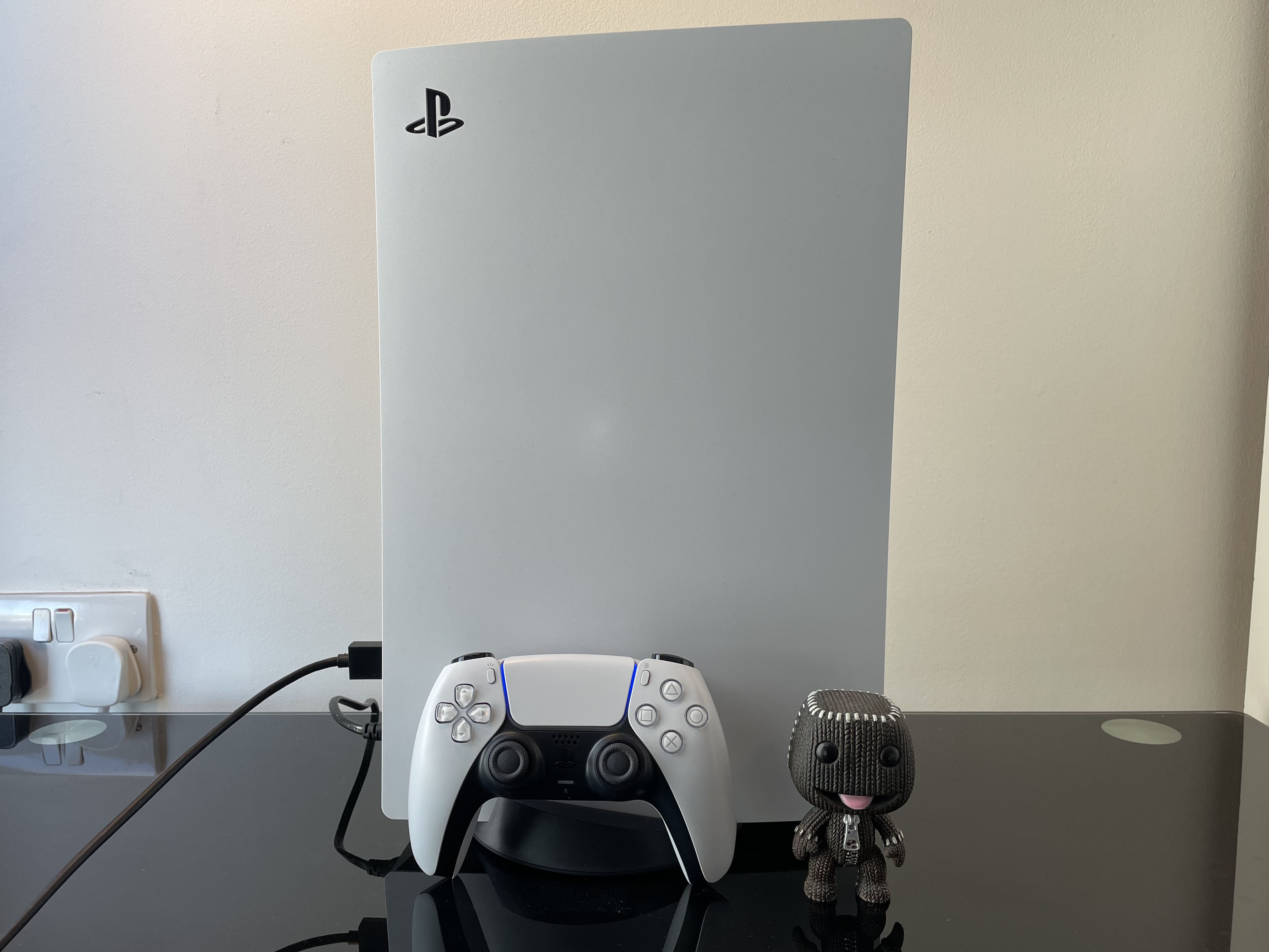
The PS5’s launch lineup is hardly rammed with exclusive games, but Miles Morales is a spectacular 10-hour adventure that already shows the the PS5 flexing its considerable graphical muscle, Demon’s Souls might well be one of the best-looking games ever made, and Sackboy and Astro’s Playroom are perfect for Christmas morning. And with several high-profile first-party games confirmed for the first half of next year, given Sony’s hit rate, investing in a PS5 now seems a safe bet.
Games look and feel brilliant from day one, long load times are a thing of the past, and the DualSense is the most fascinating controller since the Wii Remote. We just hope developers think about how to make use of it.
While its brash, hulking design means the PS5 is possibly going to make a bad first impression with some, spend 10 minutes playing games on one and we think it’ll win anyone over – and then some.
Stuff Says…
In-your-face like no console before it, but huge amounts of power, clever hardware and a near enough guarantee of great games to come make the PS5 hard to resist
Good Stuff
Rock solid 4K/60fps gameplay
Very fast
DualSense has huge potential
Astro’s Playroom is some freebie
Promise of hardware-pushing exclusives
Bad Stuff
Storage will fill up very quickly
Divisive looks to say the least
Nothing to match the Xbox Series X’s Quick Resume
